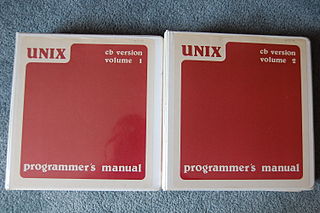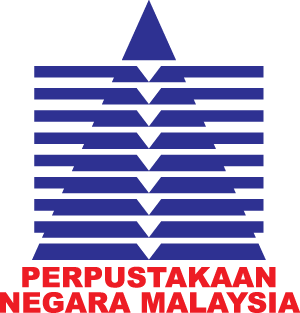ISO 2146 is an ISO standard defining an information model for "registry services for libraries and related organisations". [1] Operating at a higher level than item-level standards such as MARC, it takes as principal elements parties (people or organisations), collections (of books, data, etc.), services and activities (grants, projects, etc.)

An information model in software engineering is a representation of concepts and the relationships, constraints, rules, and operations to specify data semantics for a chosen domain of discourse. Typically it specifies relations between kinds of things, but may also include relations with individual things. It can provide sharable, stable, and organized structure of information requirements or knowledge for the domain context.

A library is a collection of sources of information and similar resources, made accessible to a defined community for reference or borrowing. It provides physical or digital access to material, and may be a physical building or room, or a virtual space, or both. A library's collection can include books, periodicals, newspapers, manuscripts, films, maps, prints, documents, microform, CDs, cassettes, videotapes, DVDs, Blu-ray Discs, e-books, audiobooks, databases, and other formats. Libraries range in size from a few shelves of books to several million items. In Latin and Greek, the idea of a bookcase is represented by Bibliotheca and Bibliothēkē : derivatives of these mean library in many modern languages, e.g. French bibliothèque.
MARCstandards are a set of digital formats for the description of items catalogued by libraries, such as books. Working with the Library of Congress, American computer scientist Henriette Avram developed MARC in the 1960s to create records that could be read by computers and shared among libraries. By 1971, MARC formats had become the US national standard for dissemination of bibliographic data. Two years later, they became the international standard. There are several versions of MARC in use around the world, the most predominant being MARC 21, created in 1999 as a result of the harmonization of U.S. and Canadian MARC formats, and UNIMARC, widely used in Europe. The MARC 21 family of standards now includes formats for authority records, holdings records, classification schedules, and community information, in addition to the format for bibliographic records.
Contents
The first edition of ISO 2146 was published in 1972, [2] as "Directories of libraries, information and documentation centres"; the second edition was published in 1988. [3] The third edition was initially driven by the need to support interlibrary loan services online, but it has been broadened in scope to encompass the rules for registries operating in a network environment to provide the information about collections, parties, activities and services needed by libraries and related organizations to manage their collections and deliver information and documentation services across a range of applications and domains.
The European Documentation and Information Centre, abbreviated CEDI, was a former think tank founded in 1952 on the occasion of an international congress held in Santander, Spain. The objective of the organization was to unite various European conservative and Christian Democratic political organizations which formed in several Western European states during postwar reconstruction, the emerging Cold War and the beginnings of what would later be called European integration. During the 1950s and the 1960s, the CEDI was an important contact pool for European politicians. During its early years the CEDI's ideology and program was dominated by its first president, Otto von Habsburg, son of the last emperor of Austria. It was dissolved in 1990 following the collapse of the Iron Curtain.
Interlibrary loan is a service whereby a patron of one library can borrow books, DVDs, music, etc. and/or receive photocopies of documents that are owned by another library. The user makes a request with their home library; which, acting as an intermediary, identifies libraries with the desired item, places the request, receives the item, makes it available to the user, as well as arranges for its return. The lending library usually sets a due date and overdue fees of the material borrowed. Although books and journal articles are the most frequently requested items, some libraries will lend audio recordings, video recordings, maps, sheet music, and microforms of all kinds. In some cases, nominal fees accompany the interlibrary loan services.
The third edition reached publication stage in March 2010. [4]




